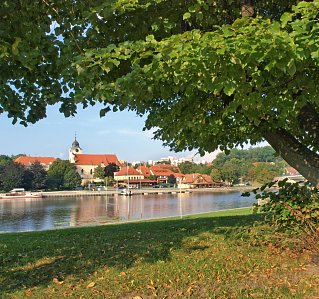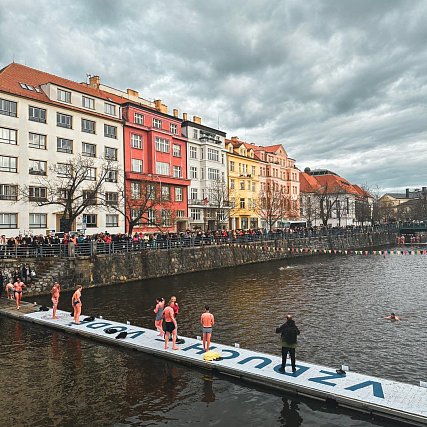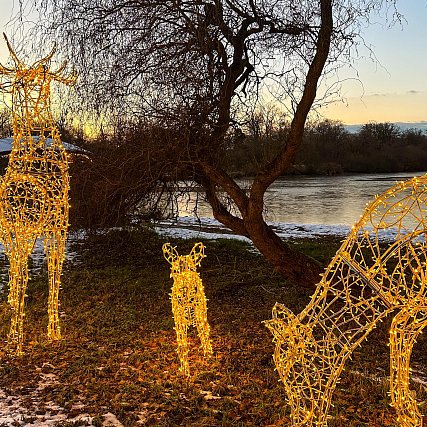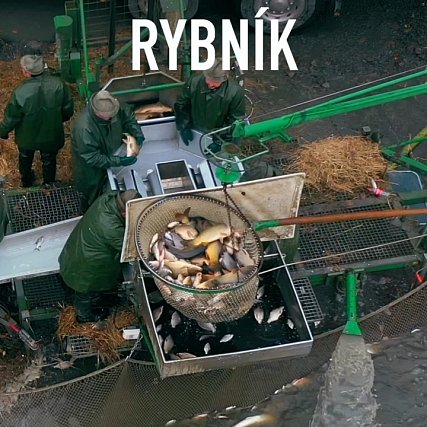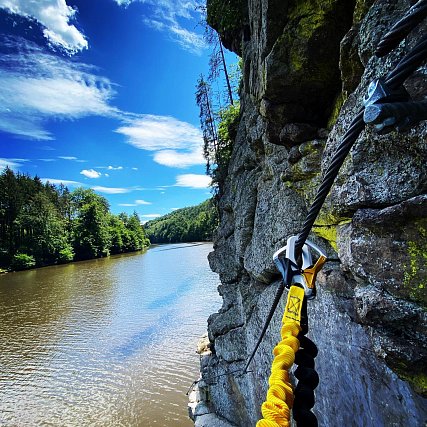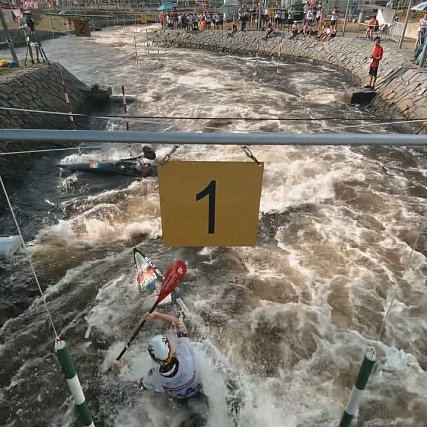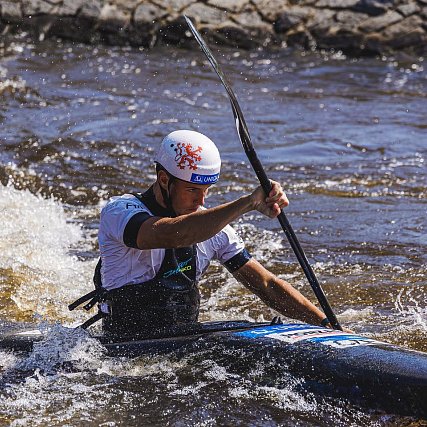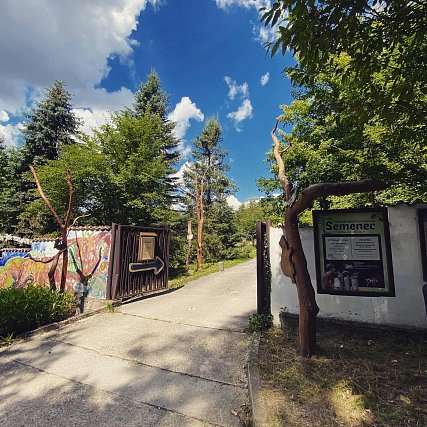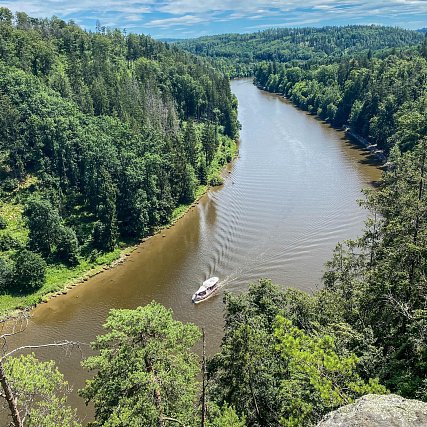Nature trail Týn nad Vltavou
The 3.8 km long coating trail will take you along the Vltava River as a symbol of the memory of crafts that were connected with the river and life around it.
Before the Vltava River was connected by a system of dams, it served as a waterway for transporting timber and goods. Already from the 10th century we have records of tolls and tolls collected on the Vltava. The first rafting works are associated with the monarch Charles IV, who ordered the installation of culverts in all weirs on the Vltava between Prague and České Budějovice.
From the 16th century onwards, there are records of the floating of timber in the form of rafts and, above all, the transport of Austrian salt. Ferdinand I of Habsburg (1503-1564) decided to import salt from the Salzkammergut region: the salt was floated down the Traun River to Mauthausen, from there it was transported by horse-drawn carriages to České Budějovice and then travelled on rafts or boats along the Vltava River to Prague. For the needs of the salt trade, imperial salt warehouses, the so-called saltworks, were built on the banks. Two of them also existed in Týn nad Vltavou.
The ships that transported the salt were intended for one-time use only, and at the end of the journey in Prague or Hamburg they were dismantled and sold for wood. To reuse them, they had to be transported back to České Budějovice. Therefore, a POTAH TRACK was gradually built along the route of more than 190 kilometres. It earned its name thanks to the horse-drawn wagons that dragged the boats upstream. Alternating between the two banks, the trail always led to wherever the terrain was more accessible in the rocky Vltava Canyon, and the horses had to be transported from bank to bank with considerable difficulty.
At the beginning of the 19th century, the Lanna company from České Budějovice, then the largest ship manufacturer, designed a project for a stone-coated trail. This resulted in a stone embankment (navigation), which strengthened the banks and made the journey more comfortable for horse-drawn carriages. Thus, our surfaced trail also dates from this period.



